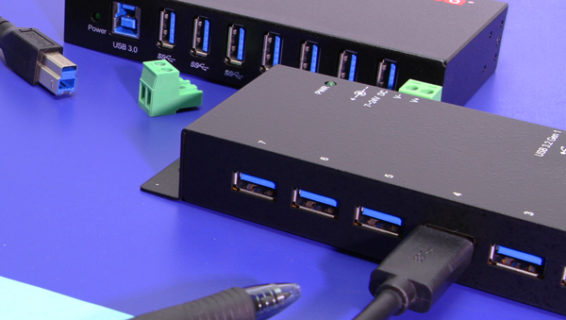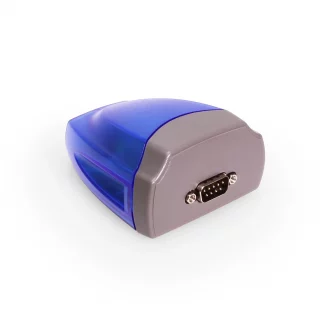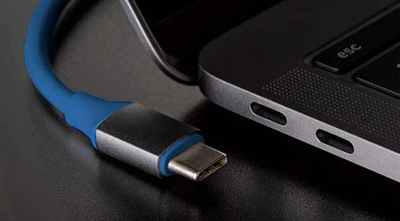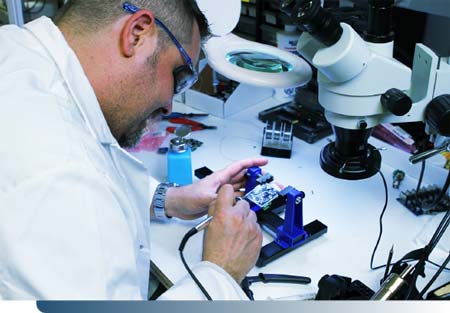Advances in modern technology are already changing the medical field in ways that, just a few years ago, would have seemed like really out-there science fiction. The sort of stuff you would have seen on a network TV series, or read about in a pulp novel that was just a few years over the horizon. Perhaps one of the most interesting changes we’re seeing, though, is an increased use of augmented reality that allows medical professionals to better diagnose patients’ problems, and to make more precise incisions during surgery.
What is Augmented Reality?
Speaking of science-fiction language, augmented reality is still a concept that’s new enough for more of us that it sounds like something made-up. Chances are good, though, that you’ve already experienced this technology for yourself. According to Merriam-Webster, augmented reality is when you use technology to overlay an image when you’re viewing something through a device.
That can still seem a little esoteric, though, which is why Pokemon Go and other similar smartphone games are ideal introductions to the idea of augmented reality. By holding up your smartphone or tablet, you view the world around you, and the game overlays an image of the adorable little monster you’re trying to catch. It isn’t there, of course, but the device you’re playing the game through overlays the image of the little creature onto the picture of the world around you, showing you roughly where it would be.
How Can Augmented Reality Help in The Medical Field?
While a technology used in video games might not sound like a medical breakthrough, augmented reality has serious potential. This is true both for people who can use it to help control their medical conditions, as well as for doctors, nurses, and those who provide medical care.
For example, Medical Futurist mentions that it’s possible we could make special contact lenses that could read someone’s current glucose level from their tears. These contact lenses would flash a small image, allowing a diabetic to know what their blood sugar levels look like without ever needing to prick their fingers and do a swab ever again. The sheer amount of energy, not to mention discomfort and frustration, such a product could save cannot be overstated.
And that’s far from the only use for augmented reality when it comes to how it could improve people’s lives. A simple eyepiece or tablet that could scan someone’s arm, showing exactly where their veins are, would make drawing or donating blood a snap and avoid all kinds of problems. Similar scans that can show a bone beneath the skin, but which could then be rotated would allow doctors to see in real-time what’s going on inside of their patients. Even surgeons could use devices like this to get a real-time view of what’s happening inside organs, or beneath the skin, allowing them to pick the best spot to make an incision.
In short, augmented reality would allow us to see things we normally can’t, and to do so in such a way that it’s as seamless as glancing at a screen. In a very real way, it creates a personalized kind of heads up display that can feel a little bit like making life into a video game… in the best possible way.
Would You Like To Know More?
While impressive, augmented reality is far from the only major technology that’s changing the way the medical field operates. If you’re working on the latest developments in medical technology, we’re here to help! Reach out to any one of our technology specialists to match you with the tools you need.





















